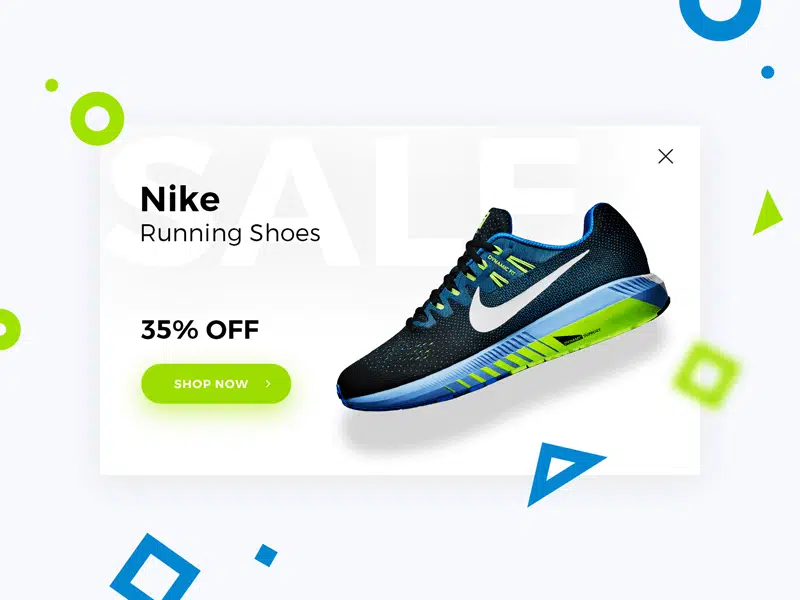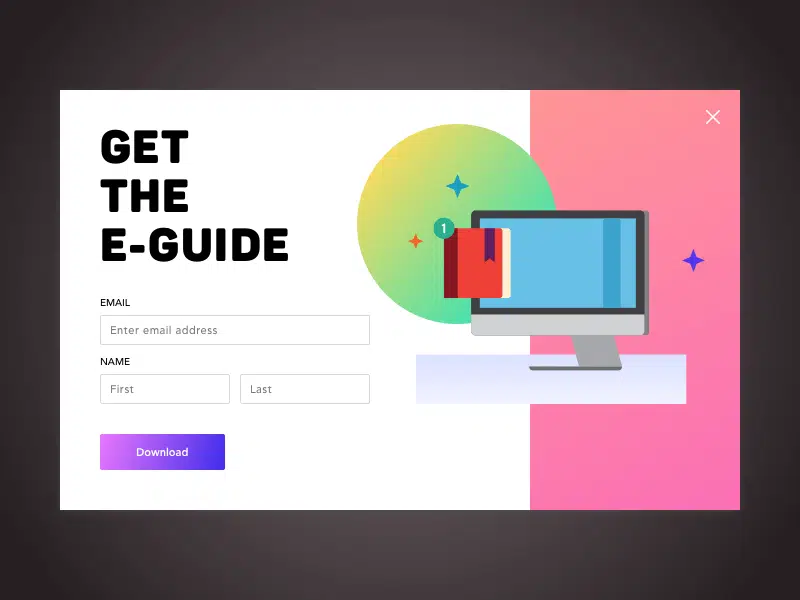
Comment to integrate pop-ups into your SEO strategy without losing traffic?
Did you know that using pop-ups can improve your conversions, but can also harm your SEO if not managed properly? Pop-ups, although powerful, can frustrate users and affect your ranking in search engines. So, how do you integrate them effectively without sacrificing your organic traffic? In this article, discover practical tips for using pop-ups strategically, while respecting both user experience and SEO requirements. Follow our recommendations to optimize your performance today!
1. The impact of pop-ups on SEO and user experience
Pop-ups, while very effective at capturing visitors’ attention and generating conversions, can negatively impact SEO and user experience if poorly designed. Understanding these issues is essential for integrating them without compromising your organic traffic.

The impact of pop-ups on SEO
Since Google’s update in 2017, intrusive interstitials, such as full-screen pop-ups when landing on a page, are penalized in search rankings. These pop-ups can also increase the bounce rate, a factor considered by SEO algorithms. For example, a study by Backlinko shows that a high bounce rate can significantly reduce the chances of appearing on the first page of Google.
The impact on user experience
Visitors quickly leave a site if pop-ups are annoying or difficult to close, which harms smooth navigation. In contrast, well-designed pop-ups, such as those triggered by exit intent or displayed after a certain time, can enhance the user experience while achieving their goals.
2. Effectively integrating pop-ups without harming SEO
Integrating pop-ups while preserving your SEO requires a thoughtful strategy and technical adjustments. Here are best practices to balance your marketing goals and search engine requirements.

Best practices for non-intrusive pop-ups
Choosing the right format is essential. Avoid full-page pop-ups immediately after loading. Prefer discreet formats, such as:
- Floating banners at the bottom of the page.
- Notifications triggered by specific behavior, such as exit intent or a few seconds of browsing delay.
For example, a pop-up offering a 10% discount after 15 seconds on the page captures attention without disrupting the reading experience.
Technical optimization of pop-ups
Loading speed is crucial for SEO. Integrate lightweight pop-ups that do not slow down your pages. Also, ensure that the close button is clear and easy to find to avoid user frustration.
Regularly test and adjust
Conduct A/B tests to evaluate the effectiveness of different formats and messages. Monitor key metrics through Google Analytics: bounce rate, conversions, and time spent on the page. For example, a pop-up triggered after 30 seconds might display a better conversion rate than one that appears immediately.
To fully benefit from pop-ups without affecting your SEO, prioritize non-intrusive formats, strategic timing, and data-driven optimizations. With Poosh, the ideal solution for creating high-performing pop-ups, you combine conversions with a smooth user experience. Get started today to maximize your results.